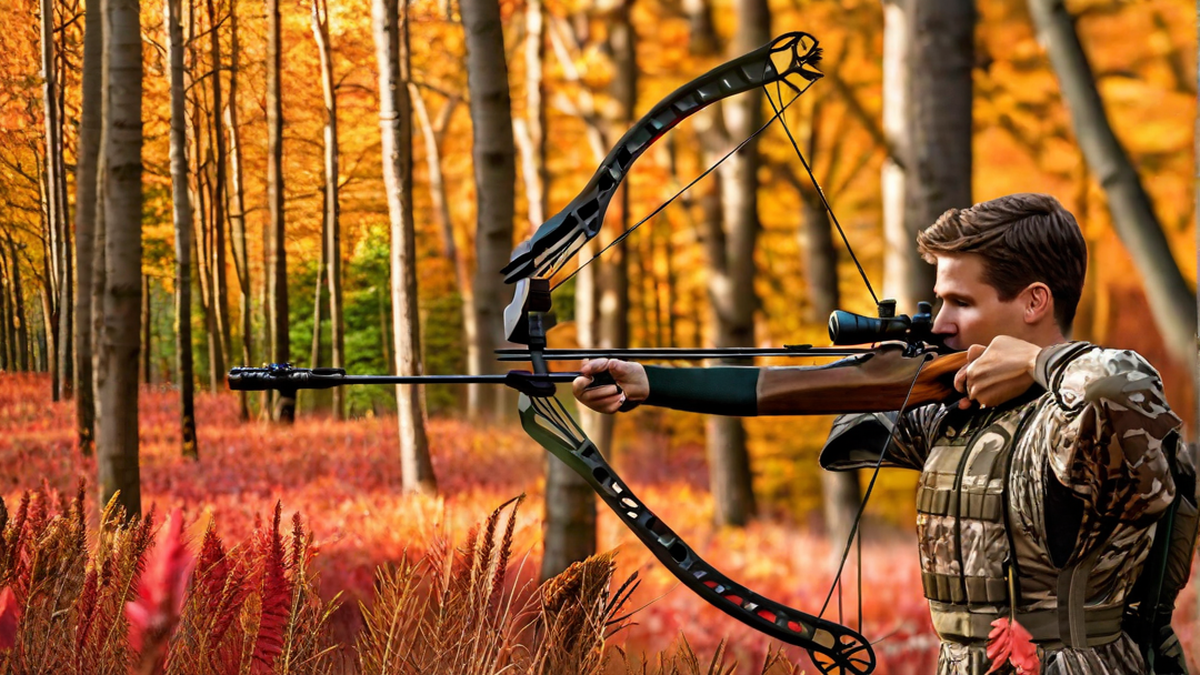Bow hunting is an exhilarating and challenging form of hunting that requires precision, patience, and a deep connection with nature. As an avid bow hunter myself, I have found immense joy and fulfillment in this ancient art of hunting. In this article, I will delve into the intricacies of when bow hunting is practiced, sharing personal experiences and insights along the way.
One of the first things to consider when it comes to bow hunting is the timing. Unlike firearms hunting, bow hunting typically has specific seasons and dates set by wildlife management authorities. These regulations aim to ensure sustainable hunting practices and protect wildlife populations. It is crucial to familiarize oneself with the local hunting regulations and obtain the necessary licenses and permits.
For many bow hunters, the most common and widely anticipated season is the fall archery season. This season usually coincides with the mating season of deer species, such as whitetail and mule deer, which makes it an ideal time to pursue these elusive creatures. The months of September through early December are often the prime time for bow hunting, as deer tend to be more active during this period.
However, it’s important to note that specific dates may vary depending on location and species. Additionally, each state or region may have different regulations regarding bow hunting seasons, so it’s paramount to do thorough research or consult with local hunting authorities.
Aside from the fall archery season, some states also offer special early-season bow hunting opportunities. These early seasons typically occur in late summer or early fall and provide a chance to hunt deer before the general firearms season opens. These early hunts can be incredibly rewarding as deer are less wary and more predictable during this time.
Another important consideration for bow hunting is the time of day. Many bow hunters prefer to hunt during the early morning hours or late afternoon. This is when deer and other game animals are most active, typically feeding or moving from bedding areas to food sources. These prime feeding times present the best opportunities for a successful bow hunt.
It’s worth noting that bow hunting is not limited to deer hunting alone. Many other game animals, such as elk, turkey, and even small game like rabbits, can be pursued with a bow. Each species may have its own specific hunting season and regulations, so it’s crucial to research and adhere to the guidelines set forth by wildlife management authorities.
As a bow hunter, I find that the distinctive challenges and rewards of this hunting method make it a truly immersive and fulfilling experience. The close encounters, the need for stealth and precise shot placement, and the sheer beauty of being in nature all contribute to the allure of bow hunting.
In conclusion, bow hunting is a unique and captivating pursuit for those seeking a deeper connection with the natural world and a thrilling hunting experience. It requires meticulous planning, adherence to hunting regulations, and respect for wildlife and their habitats. Whether it’s the fall archery season or an early-season hunt, bow hunting offers an unparalleled adventure that is both challenging and deeply rewarding.
